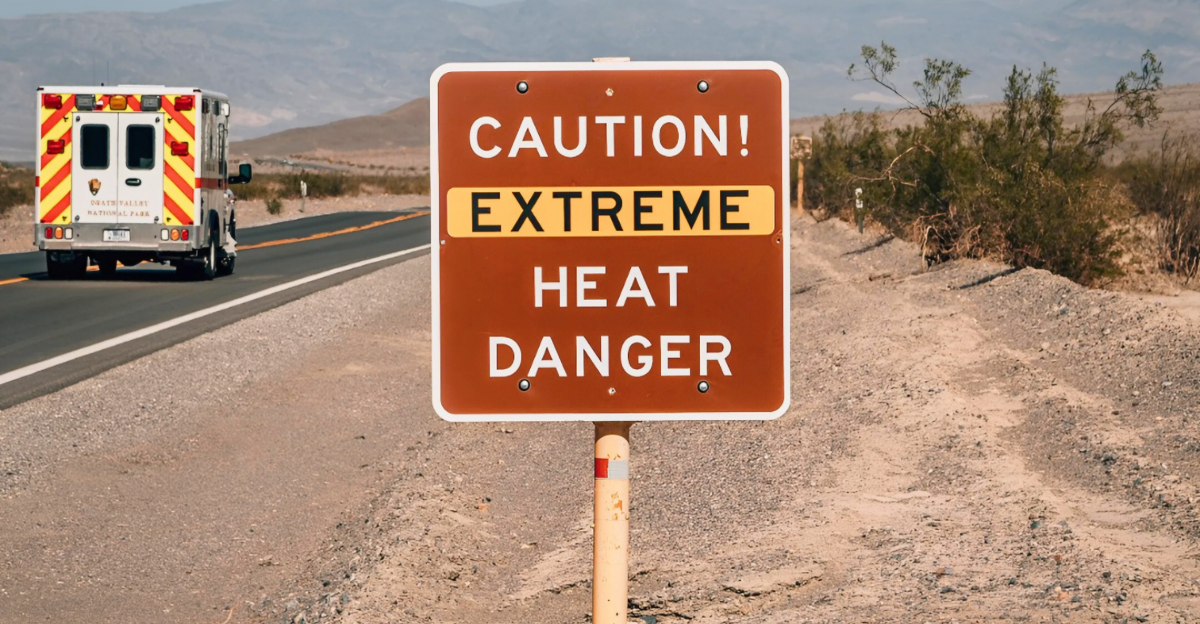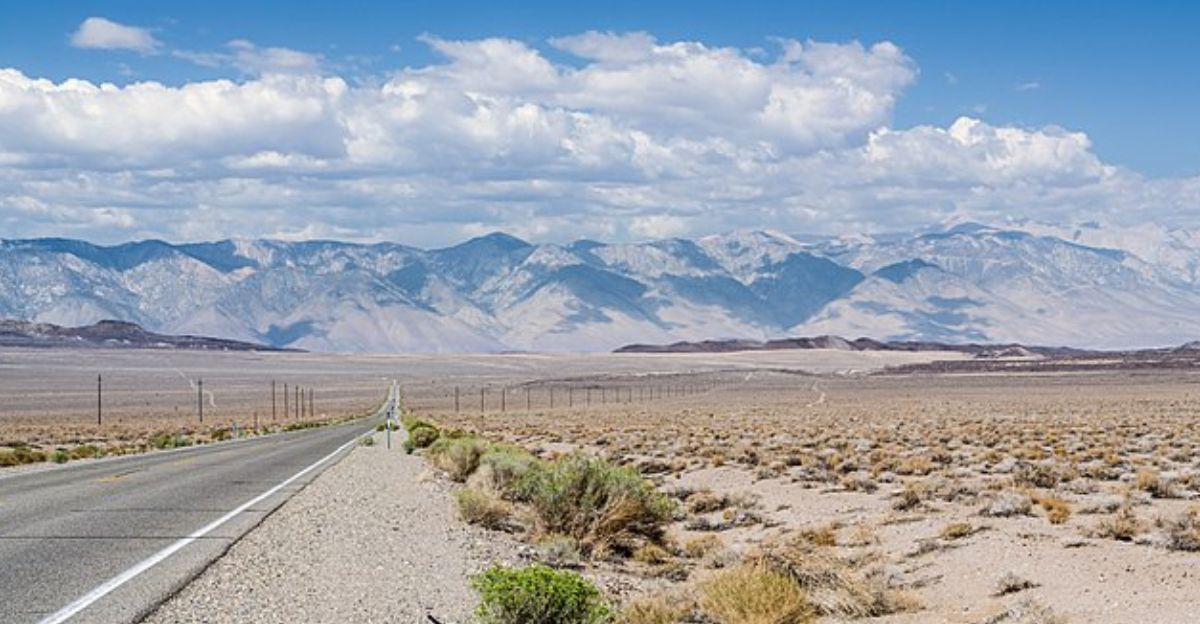
Death Valley has a fearsome name, establishing itself as a deadly place for those unprepared. Despite its reputation, Death Valley National Park sees over one million visitors each year. The landscape is inhospitable, but it has captivated travelers around the country, making it a popular place to travel to.
However, with so many people to have to worry about, park officials know the responsibility of ensuring safety and the constraints of their emergency services. This has led to one class of vehicles being strongly opposed this summer, with officials urging them away.
A Deadly Place

While to those who haven’t traveled there before, Death Valley might seem like a catchy name to attract those looking for a thrilling adventure, and while it does offer this, its name should not be taken lightly. It was coined not in the interest of tourism but as a warning to others when miners during the California gold rush found themselves ill-equipped to endure the scorching temperatures that can reach higher than 120 degrees Fahrenheit.
Many people travel across Death Valley, but their vehicles aren’t always ready for the treacherous journey, with anything from engines overheating to tires melting and blowing out.
Not Just Dangerous To People

While the most immediate danger is to commuters who travel across the region, anyone inside these vehicles is at risk, especially domestic pets. People love their animals and often bring them along for road trips. However, this should not be done lightly, as dogs, in particular, are vulnerable to overheating in the high temperatures, as well as the ground being too hot for them to even step on.
Only those who are well prepared should even consider taking their loving pets, as unforeseen complications can spell disaster for them.
Constrained Rescue Efforts

Park officials and emergency responders know how inhospitable the region is, and are on standby for anything from vehicle breakdowns to heat stroke victims. However, these cases have gone up in recent years, meaning that emergency response has never been more constrained. There are limited resources that park officials have, meaning that they need to try to prioritize the most urgent cases.
This becomes complicated when one type of vehicle seems to be at the highest risk, having a much higher proportion of emergency calls when the vehicle type isn’t even the majority. This has led park officials to implore commuters to stay away; it is effectively a ban with how much of a risk they are at.
Vulnerable Commuters

Death Valley’s scary conditions do not discriminate, and all commuters on the road are at an increased risk of anything from breakdowns to dehydration and even heat stroke. However, according to statistics, there is one group that is significantly more vulnerable than others, especially when vehicles can’t survive the journey.
Many people who haven’t been through Death Valley before underestimate just how hot it can be. They think of the tarred road and assume as long as they stick to it, they’ll be fine. However, a seemingly normal trip can quickly turn into a game of life.
Urging Them Away

Motorcycles are effectively being banned from the region. Although there is no official ban, motorcyclists are being urged away from Death Valley, at least during the hottest months of the summer.
While travelers coming through in cars may have their own reliability problems, at least there’s safety from the direct scorch of the sun inside of the car. Motorcyclists have no such luxury, and even a reliable bike doesn’t mean they’re safe from risks such as heat stroke and dehydration.
More Risks

There are far more risks that motorcyclists faced when compared to visitors in cars. Even while traveling on the road, these travelers have the sun constantly beating down on them, slowly wearing away the water levels in their bodies and putting them at severe risk of heat stroke.
If a motorcyclist becomes stranded, things become even more severe; with nowhere to take shelter while emergency response comes, it’s a deadly waiting game. Bikers also cannot bring as many supplies as those in a car, meaning that water is limited. The region also has venomous wildlife like snakes, and a bike offers no safety from them either.
Historical Cases

While many may believe that park officials are being pedantic, there are historical cases to draw from that prove just how deadly riding on the roads of Death Valley can be. In 2024, a group of bikers found out just how inhospitable the region was when they ran into trouble close to Badwater Basin.
With temperatures being so high, two of the bikers had to receive aid when emergency response arrived, one biker was hospitalized, and tragically, one of them passed away from a suspected heat stroke. Rescue efforts were further complicated by the heat halting a rescue helicopter, stopping it from landing.
Underestimating The Heat

This warning isn’t expected to convince everyone, and bikers will still be drawn to the majestic views and long stretching roads. However, they can inadvertently put others in danger by drawing emergency resources away from others.
The environment is uniquely perilous, and those who dare venture into its borders must be ready for a challenge. Even seasoned bikers who know the area well could underestimate the heat and the effect it can have on the human body without much warning.
A Warning

While some may think the warning and urging away might just be trying to control people, it is about health and safety and ensuring that resources aren’t spread to the point of failure. This summer is expected to be a particularly hot one, and people should be aware of the risks.
Those who do not want to put themselves in unnecessary danger should stay at home this summer, but for those who seek the thrill of danger and understand the risks, the roads are still open to anyone who’s willing – just be mindful of what vehicle you’re in and make sure it’s up to the journey.
Uncover more fascinating moments from history — and hit Follow to keep the stories flowing to your feed!

Don’t miss more incredible stories from the past! Tap Follow at the top of this article to stay updated with the latest historical discoveries. Share your thoughts in the comments — we’d love to hear your perspective!






